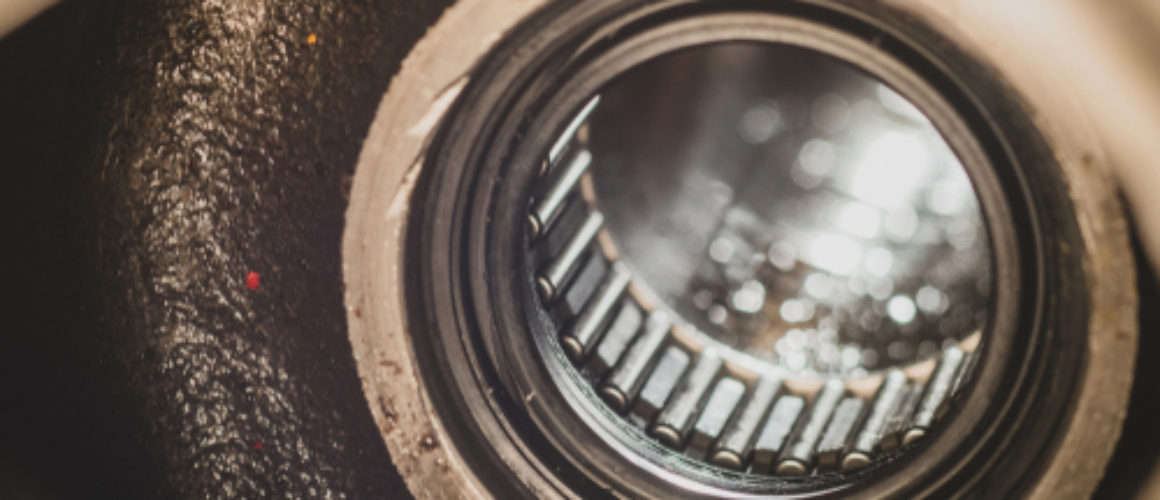A sealing solution is used to close an opening in a building or structure. They are often used in construction and engineering projects.
The use of engineered sealing solutions has been on the rise as they have been found to have numerous benefits such as:
- Improving the quality of construction by reducing risk of leaks and damage during construction
- Increasing safety for workers during construction work as well as reducing risk of injury
- Reducing costs by reducing the need for costly repairs after completion
Why do companies use engineered sealing solutions?
Companies use engineered sealing solutions to ensure that their products are safe and compliant. The most common use of these sealing solutions is in the food industry. Companies often use them to ensure that they are meeting regulations.
The most common uses of engineered sealing solutions include:
- Food industry: Packaging, containers, cans, pouches, bottles and jars
- Pharmaceutical industry: Bottles, vials and syringes
- Cosmetics industry: Containers for creams, lotions and powders
How are engineered sealing solutions installed?
Engineered sealing solutions are installed to contain water, chemicals and other liquids. There are different ways engineered sealing solutions can be installed.
- Direct application of sealant
- Indirect application of sealant
- Installation through a porous surface
- Installation through a solid surface
- Installation through an airtight surface
- Installation through a vent or pipe
How can engineering seal solutions help buildings
Engineers can use seal solutions to protect buildings from the harsh weather and high winds. The solutions are often made of rubber, which is a high-quality material that can withstand any type of weather.
The top seal solution for engineers is the rubber membrane roofing. It is a low-maintenance, durable, and affordable option for roofs that need to be sealed against the harsh weather conditions.
Liquid vs gas in the application of engineered sealing solution
- Liquid sealing materials are the most commonly used for a variety of applications. They are cost-effective and easy to use. On the other hand, gas-based engineered sealing solutions are used for more specialized applications such as pressure vessels and valves.
- Gas-based engineered sealing solutions require a great deal of expertise and knowledge to be applied effectively in different industries. These solutions are typically not recommended for use on liquid sealing materials due to their incompatibility with the material’s chemical composition.
Examples of engineered seal solutions used in buildings
Building engineers and architects have been using engineered seal solutions for a long time. These seal solutions are used to increase the efficiency of building structures and systems.
Engineered Seal Solutions:
Spray-applied sealant that is applied to the membrane of a building envelope, typically in an exterior wall or roof.
A membrane made of polyurethane foam with polymer coatings that provides a waterproof barrier.
A material that is used on the outside of buildings to keep water out and provide thermal insulation.
A material that is used on the inside of buildings to prevent air infiltration, which can lead to condensation, mold growth, and other problems.
A skilled and professional sealing solution provider can help you get rid of all these problems from your building.

